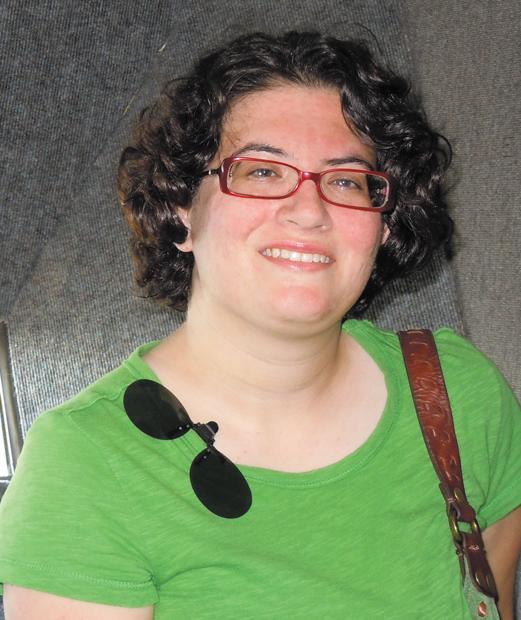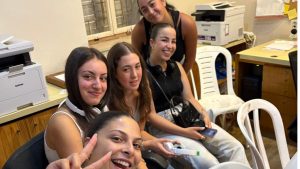‘Camp Out’ at Laumeier
Published August 27, 2012
A lot of the artwork in “Camp Out: Finding Home in an Unstable World” at Laumeier Sculpture Park doesn’t seem like art (a pepper garden and chicken coop are two examples). But the show focuses on the creation of new forms of home in our unstable 21st-century world, and the exhibition takes place inside the museum as well as on the grounds of the park. Viewers are encouraged to think about the environment, the modern city, urbanization, and sustainability.
Edgar Martins’ This is Not a House series includes several images of newly built, then abandoned suburban houses. Martins photographed Untitled (Donnely, Idaho) inside what may be the unfinished living room. Stacks of lumber are piled on the plywood floor. The ceiling and walls are also unfinished. We look out the bay window at misty woods with spindly trees. The bleak exterior matches the bleak interior.
In Untitled (Atlanta, Georgia), Martins captured an interior room looking across the front hallway with the front door at the right, peeking into the frame. The door is open. Broken glass is scattered all over the hall and the room in which the photo was taken. A door ripped off its hinges lies on the floor in the hallway. These houses hold the potential for hope, for something good, but all we see are abandonment and destruction.
A stark reminder of homelessness and insecurity, Michael Rakowitz’s Untitled paraSITE is an inflatable sleeping bag-like shelter. Its long tube can be attached to a building’s outdoor heating vent, the heat from which inflates the sleeping bag. The name of the piece is a play on “parasite” and means “next to a site.”
The shelter and tube are made from plastic trash bags and the artist provides instructional sheets for visitors on how to make these shelters. Untitled paraSITE is outside the museum and connected to a vent. Visitors can climb into the shelter to experience it for themselves. Rakowitz’s piece reminds us of not only homelessness but also a wandering lifestyle where people take their shelters with them.
Another work I found fascinating is Dutch artist Dré Wapenaar’s Treetent. It’s a car-sized teardrop-shaped pod attached to a tree not far from the museum. Suspended about 10 feet off the ground, the pod is accessed by a ladder. Though it’s made of modern materials (canvas and steel, plus wood), it’s both futuristic and primitive. The pod is full of interesting contradictions: you sleep outside but in a shelter; you’re not in a tree but you’re off the ground. Wapenaar explores ideas about reclaiming the forest from urbanization.
Camp Out: Finding Home in an Unstable World is on view at Laumeier Sculpture Park through Sept. 16. Laumeier is located at 12580 Rott Road near the intersection of Watson and Lindbergh. Museum hours are Tuesday – Friday, 10 a.m. – 5 p.m.; Saturday and Sunday noon – 5 p.m.; and closed on Mondays. The park is open daily from 8 a.m. – sunset. The park and museum are free to the public. For more information, call 314-615-5278 or visit www.laumeiersculpturepark.org/.















